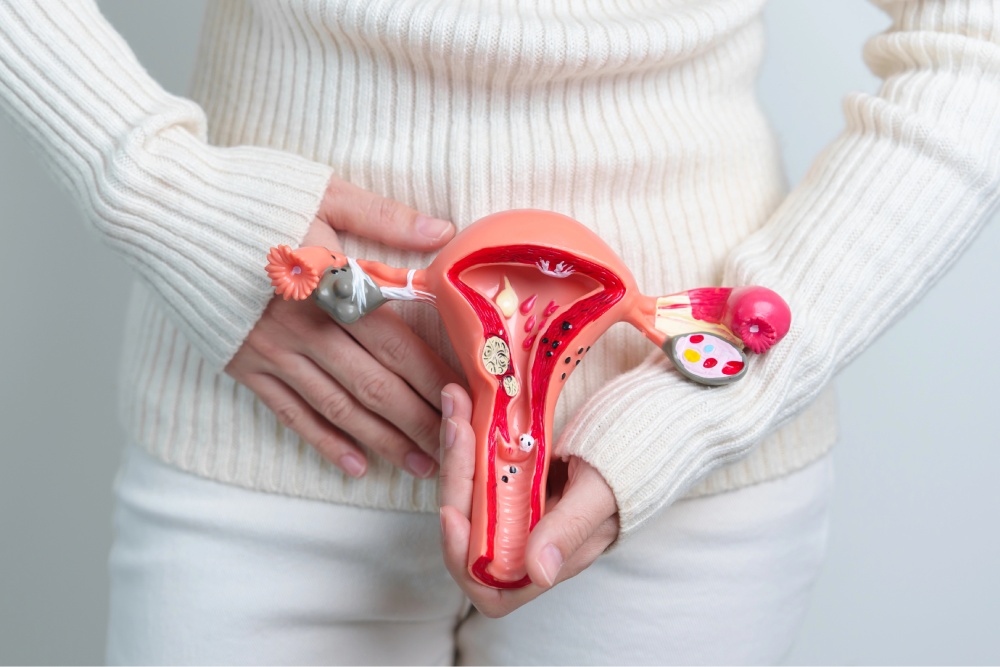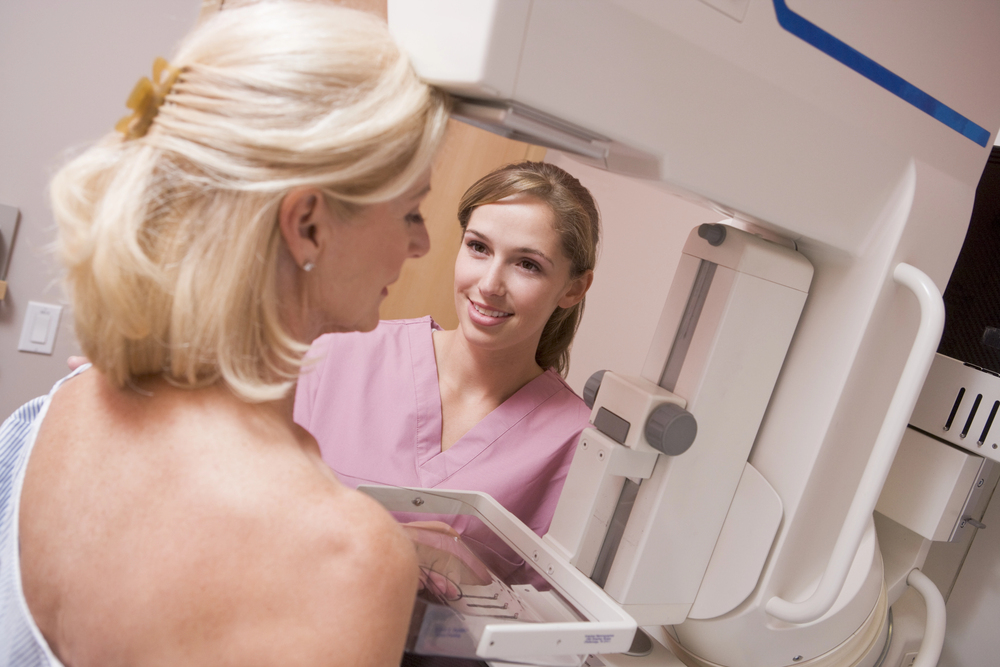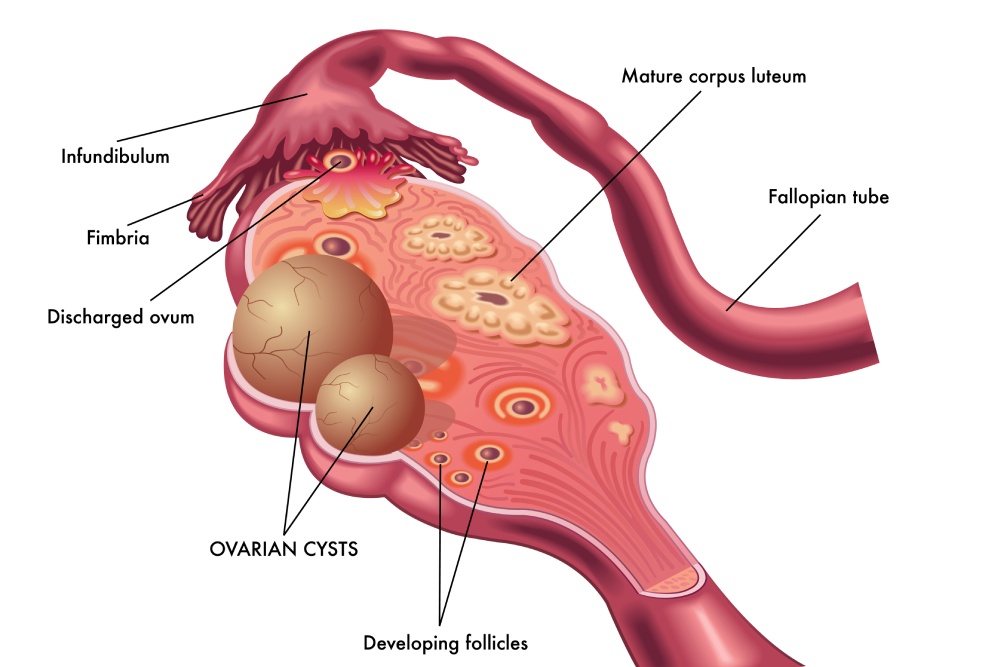
Surgical Solutions: Exploring Hysterectomy As A PCOS Treatment
Polycystic Ovary Syndrome affects millions of women worldwide, often bringing challenges like irregular periods, hormonal...
Read MoreInterpreting mammogram results can be an emotional and confusing process for many women. These results are crucial for early detection of breast cancer and other abnormalities, providing valuable information about breast health.
Mammograms are X-ray exams of the breast used primarily to detect breast cancer and other abnormalities. Understanding how to interpret your mammogram results is essential to make informed decisions about your healthcare.

The results are classified using the Breast Imaging Reporting and Data System (BI-RADS), which assigns a category based on the findings, indicating the likelihood of cancer and the need for further action.
The BI-RADS system standardizes mammogram reporting and enhances communication between radiologists and healthcare providers. The system categorizes mammogram results into seven distinct categories, ranging from 0 to 6, each representing a different level of concern and recommended action.
Category 0 indicates that the mammogram results are inconclusive and that additional imaging is needed. This might occur if the images are unclear or if there is a need for a different type of imaging, such as an ultrasound or MRI, to provide more information.
While it can be unsettling to receive an inconclusive result, it does not necessarily indicate a problem. Further imaging simply means that more detailed information is required for a definitive assessment.
A Category 1 result means that no abnormalities were detected, and the mammogram is considered normal. This is a reassuring finding, indicating that there are no signs of breast cancer or other concerning changes in the breast tissue. Regular screenings are still recommended, as they help establish a baseline for what is normal for each individual, aiding in the detection of any changes over time.
In Category 2, the mammogram shows benign findings, which means there are no signs of cancer, but non-cancerous conditions may be noted. These could include cysts, fibroadenomas, or calcifications that are not cancerous. Although benign findings do not require treatment, they should be monitored through regular mammograms to ensure they remain unchanged.
Category 3 findings are considered probably benign, with a very low chance of being cancerous. However, follow-up imaging is recommended within six months to monitor any changes. This category is used when there is a small area that appears abnormal but does not show the typical characteristics of cancer. Close monitoring helps ensure that any changes can be detected early, should they occur.
Category 4 indicates a suspicious abnormality that requires further investigation, often leading to a biopsy. The biopsy involves taking a sample of tissue from the suspicious area to determine if cancer cells are present. While a Category 4 finding does not necessarily mean cancer, it does warrant further evaluation to rule out the possibility.
When mammogram results fall into Category 5, there is a high suspicion of cancer. The characteristics of the abnormality are typical of cancer, and immediate action is required. A biopsy is strongly recommended to confirm the diagnosis and plan appropriate treatment.
Although this category is concerning, it is important to remember that early detection and prompt treatment significantly improve outcomes.
Category 6 is used for cases where cancer has already been diagnosed through a biopsy. The mammogram results are used to monitor the response to treatment, providing insights into the effectiveness of therapies. Continuous monitoring ensures that any changes in the cancer's progression are detected promptly, allowing for timely adjustments to the treatment plan.
Mammograms play a vital role in the early detection of breast cancer, significantly improving treatment outcomes. Regular screenings are essential for women aged 40 and older, as they help establish a baseline for what is typical for each individual. Early detection through mammograms allows for less invasive treatments and a higher likelihood of successful outcomes.
It is important to remember that abnormal mammogram results do not automatically indicate cancer. Many factors can lead to abnormal findings, including dense breast tissue, benign masses, or technical issues with the imaging.
Only about 10% of women called back for additional testing are diagnosed with cancer. Maintaining regular screenings and promptly following up on any abnormal results are essential for proactive breast health management.
Receiving a call about abnormal mammogram results can be concerning, but it is important to stay calm and follow your healthcare provider's recommendations for further testing. Additional tests may include diagnostic mammograms, ultrasounds, or MRIs, which provide more detailed information about the area of concern.
These tests help determine whether a biopsy is necessary, and if so, the biopsy will provide definitive information about the presence of cancer cells.
In some cases, a gynecologist specialist may be involved in the evaluation and management of abnormal findings, offering expert insights and recommendations for treatment. Should a hysterectomy or other surgical intervention be required, your healthcare provider will guide you through decision-making and ensure you receive the best possible care.
Understanding your mammogram results and the BI-RADS scoring system empowers you to take proactive steps in your breast health management. Always discuss your results and any concerns with your healthcare provider, who can guide you through the following steps based on your individual situation.
The Women's Center is dedicated to providing personalized care and support for all your breast health needs. Schedule a consultation with us if you have questions or concerns about your mammogram results.




Polycystic Ovary Syndrome affects millions of women worldwide, often bringing challenges like irregular periods, hormonal...
Read More
Ovarian cysts after menopause may seem uncommon, but they can still develop even when the...
Read More
Uterine fibroids are one of the most common benign growths affecting women. By age 50,...
Read More